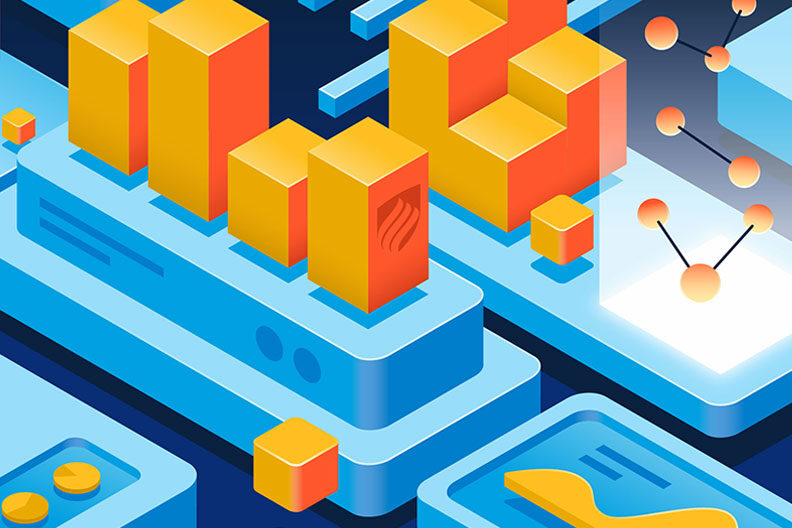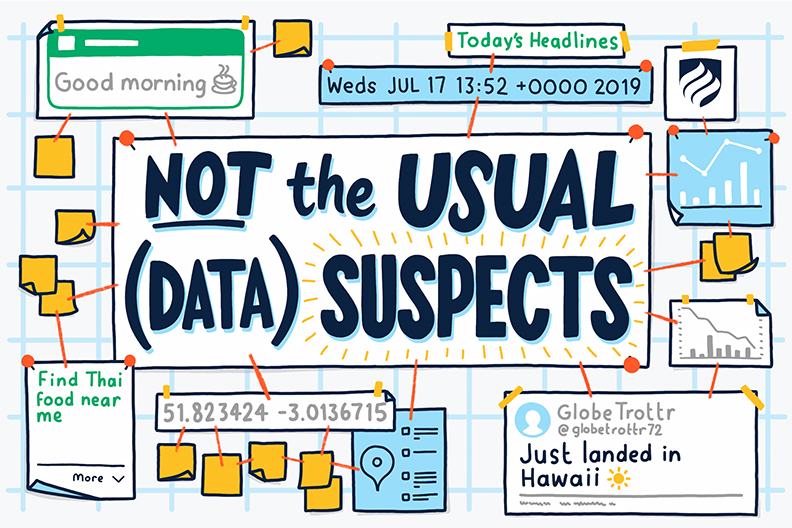AI for the Holidays: How Shopping in Stores has Changed
UNLIMITED DATA | BY JAMES KULICH | 4 MIN READ

Cyber Monday may be a creation of the last decade, but you could argue that “artificial intelligence” has supported the Holiday season for a long time.
For more than 50 years, to the delight of children worldwide, the North American Aerospace Defense Command has been tracking Santa’s progress across the globe on December 24. The characters from Miracle on 34th Street would surely be pleased.
Things have gotten a bit more sophisticated in the world of retail. Today, machine learning powers artificial intelligence applications that support consumers in making purchase choices, marketers in reaching those consumers effectively, and professionals responsible for producing and delivering the goods.
Earlier this year, Forbes published an article by futurist Blake Morgan titled “The 20 Best Examples of Using Artificial Intelligence for Retail Experiences.” Let’s take a look at a few of these.
Five Ways AI is Influencing Shopping in Stores
Visit a Lowe’s store in San Francisco and get directions to the paint aisle from LoweBot, a robot roving the store floor ready to answer a range of basic questions you might ask—in several languages. While LoweBot is helping customers, it is also keeping track of inventory and sending messages to staff when restocking is needed.




















